The muted colors of the autumn season will soon be upon us, the plants are beginning to look tired from the long hot summer. The end of the season brings on a slow decline. It is harvest time, the moon is big and the crops are high and full of ripeness. Certain plants remind me of this season because I would only see them now when I was growing up in the north. Dahlias are the flowers I remember being huge and have brilliant and interesting petals and color combinations.
There are about 35 species of Dahlias which all originated from central America, from Mexico through Guatemala, Hondurans Nicaragua, Costa Rica and other areas. The first Dahlias which was documented were encountered by Francisco Hernández de Toledo(1514-87, who was a naturalist and physician to the King of Spain. He was sent on the first scientific exploration of the new world in 1571 and spent 7 years gathering and classifying specimens he collected and interviewing the local people on their use. His works were published in 1615.
Later another botanist, French Nicolas-Joseph Thiéry de Menonville was sent to Mexico in 1776 to steal cochineal insects (the source of red dye at the time). He went unofficially succeeded in bring back the insects. In the notes of his adventure he notes Dahlias were unusually attractive flowers. Dahlias where first grown in Europe at the Madrid in the botanical gardens there in 1789. The seed had been sent from the botanical gardens of Mexico. The first plants were named Dahlia coccinea in 1791.

Dahlia 'Bishop of Llandaff'(1924) is one of the most famous culitvars of the past and is now widely available.
Other seeds of different species where later germinated in England and roots were sent to Netherlands to grow. Crossbreeding began from these original collections of plants is where all our fancy Dahlias come from today. During the 19th century thousands of new cultivars where grown and the best were selected for their brilliant colors and unusual flower and petal forms. The name Dahlia honors Anders Dahl who was a Swedish botanist.
Since 1900 flower forms have been classified into groups. Dahlias are now bred for competition which is very popular here, at this time there are test gardens and competitions which are judged. Kids love the flowers which can range in size from the small cm(2in) to 30cm(1ft) or more in diameter. The overall size of the plant also have an extraordinary range from less than 60cm(2ft) to 3.5m(10ft). The range of color and petal forms and heights is due to the fact that they are homologous and have 8 sets of chromosomes compared to the normal 2 which most other plant have.
The popularity of Dahlias is partly do to the ease of growing them and their availability in such a range of colors and forms. You can buy them anywhere that plants are sold as roots, seeds or in packs of small plants. Like all good plants they like rich, deep, well-drained soil with plenty of nutrients. They need full sun and plenty of water during their growing and blooming stages, this will help them avoid getting unsightly mildew(greyish powdery fungus on their leaves). The larger flowered types should be in a shelter from strong winds.
Although Dahlias are considered hardy annuals and can take a touch of frost and survive If you want to save the tubers it is best to harvest them before this happens. Dig them up carefully as the skin is thin and can be damaged easily.Remove the leafy tops and let them dry slightly, After they have dried a bit place them in a layer of dry peat moss. Place them in a cool dark place for over winter storage. Check them periodically for any signs of rot or decay and cut it off or throw it out. You can have flowers for many years this way. In a few months you will notice small bud which show which to plant them. Plant them when all chances of frost is over or start them in a sunny location in your house a few weeks before you plan to plant them.
Dahlias are important to Mexico. The Aztecs grew and harvest the plants for food, medicinal and decorative purposes. The strong woody flower stems were also used for water tubes and pipes. In 1963 the Dahlia was declared the national flower of Mexico.
Deconstructing Dahlias:
Classification of Dahlia flower forms: http://www.dahliaworld.co.uk/dahlia.htm
Dahlias according to WIKI: http://en.wikipedia.org/wiki/Dahlia
Storing Dahlia tubers: http://www.dahlias.net/dahwebpg/TuberStor/TuberStor1.htm



























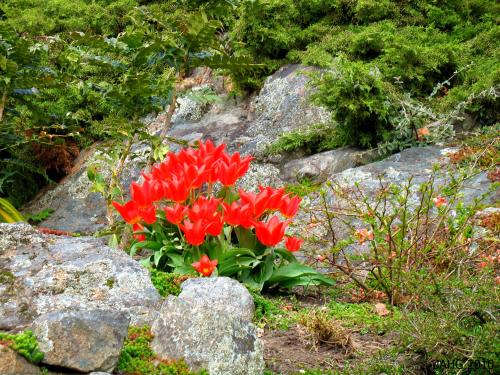
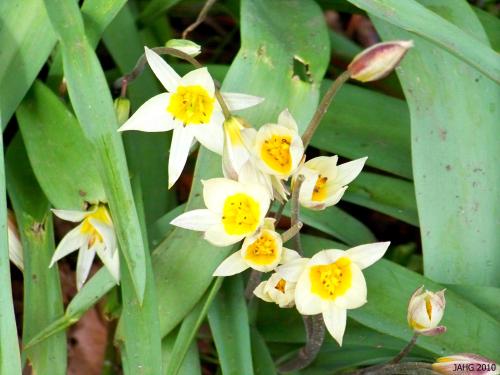
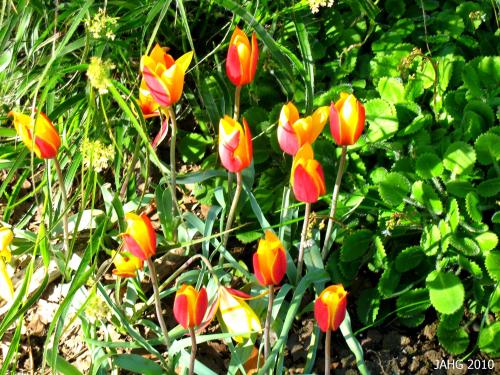
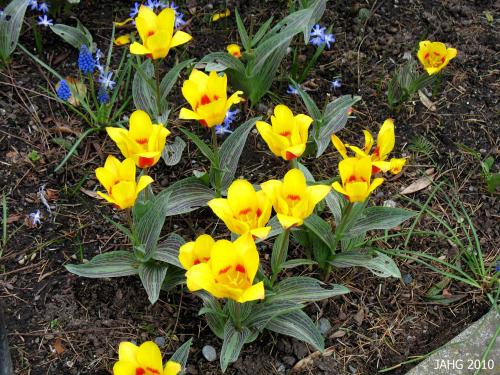
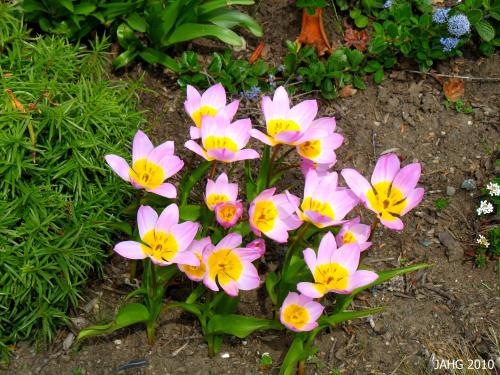
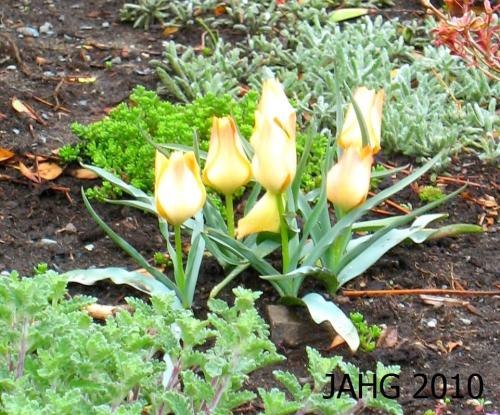
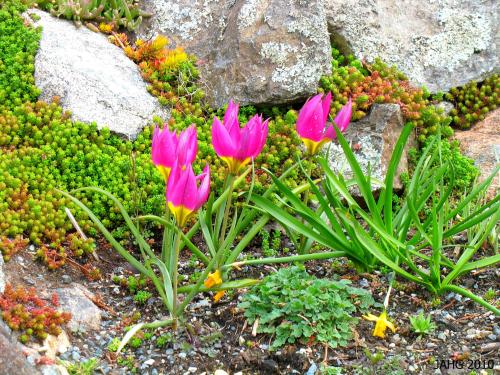




















 Stumble It!
Stumble It!






